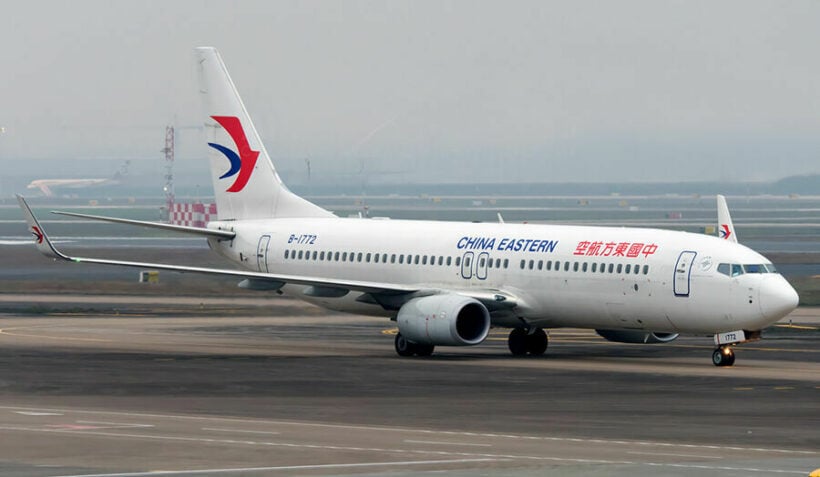Black box data on crashed China Eastern 737 suggests possible “intentional nosedive”

Some preliminary findings have now been released in relation to the crash of the China Eastern Airlines 737-800 on March 21. The plane crashed, nose-first, into mountains in southern China.
Investigators are now examining further if the crash was due to “intentional action on the flight deck”. The early reports say that there is, so far, no evidence of a technical malfunction.
“…the Boeing plane took an intentional nosedive”.
The Wall Street Journal reported this week that flight data from one of the two “black boxes” on the Boeing jet indicated that “someone in the cockpit intentionally crashed the plane”. The comments were made by people the WSJ cited as “familiar with the preliminary assessment by US officials”.
US National Transportation Safety Board officials have been working with engineers from Boeing and investigators from the Civil Aviation Administration of China since the crash.
Boeing, the US manufacturer of the jet, has so far declined to comment on the early leaks and, instead, referred all questions to the Chinese regulators. At this stage, the CAAC, leading the investigation into the crash in southern China, haven’t made any official comments on the matter.
Importantly, for Boeing, if the early reporting is correct, it would indicate the aircraft manufacturer bears no primary responsibility for the crash. The latest model of Boeing 737s, the fourth generation Max range, has dragged the manufacturer’s reputation down since two high profile crashes of 787 Max jets in 2018 and 2019 which were eventually traced back to an errant software that ‘took control’ of the planes in the two crashes. The China Eastern 737 that crashed was from the earlier third generation model, a 787-800.
The Boeing 737-800, was flying from Kunming to Guangzhou and crashed into the mountains of the Guangxi region. Just as the plane was starting its decent from a crushing altitude of 32,000 feet, the plane plunged suddenly, and steeply. Then, despite a brief respite where the plane appeared to regain some altitude, it started plummeting again, eventually plunging almost vertically into the moutains, killing all 132 people on board.
The incident was mainland China’s deadliest aviation disaster in 28 years. China’s aviation sector has had vastly improved safety standards over the past 2 decades, and has been recognised as having an excellent safety record during this time.
Investigators are reported to have said that the pilot and co-pilot did not respond to repeated calls from air traffic controllers or other planes in the immediate area. One source , speaking to Reuters, says… “we were looking at whether the crash was a voluntary act”.
The hashtag topics of “China Eastern” and “China Eastern black boxes” are banned on Weibo, China’s most popular platform (roughly a Chinese combination of Twitter and Facebook, both of which are banned in China), so that any versions of the Wall Street Journal article weren’t able to be read in China.
Responding to early rumours about some human intent in the incident on April 11, the CAAC said that “the speculation had gravely misled the public… and interfered with the accident investigation work”.
China Eastern Airlines have also not respond to requests for comment on the matter but had earlier responded in a statement that “no evidence had emerged that could determine whether or not there were any problems with the aircraft”.
Latest Thailand News
Follow The Thaiger on Google News:


























